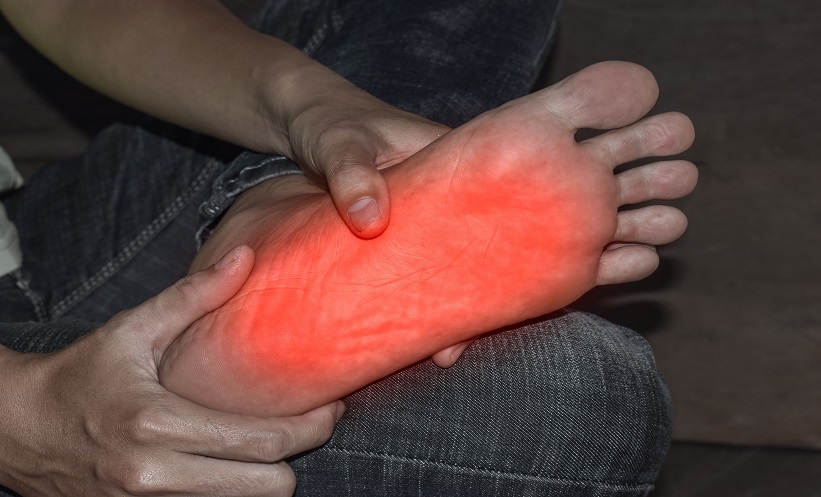Although it is widely accepted that regular exercise and a healthy diet can prevent the onset of type 2 diabetes mellitus, the precise molecular mechanisms by which this happens are somewhat more ambiguous. Through identifying specific factors that regulate this response, it is hoped that precisive therapeutics can be developed to improve the global health burden of the disease. With this in mind, a team of researchers from the University of Campinas in São Paulo State, Brazil, conducted a study on mice to deduce the effects that strength training has on diabetic parameters in the liver.
The mice were divided into three groups:
- Standard diet and sedentary.
- High-fat diet for 14 weeks and sedentary.
- High-fat diet for 14 weeks but having undergone strength training (stair climbing 20 times a day at 90-second intervals with a tail weight).
Following the end of the study, it was apparent that the even though the exercised mice were still obese, their blood sugar levels had significantly improved, especially in comparison to the sedentary obese group. The researchers identified that the exercise had reduced the liver fat abundance by 25–30% and lowered the quantity of proteins that have functions linked to inflammation. These benefits were significant, however compared to the normal diet and sedentary group, they still presented with 150% excess liver fat.
“Everyone knows physical exercise helps control disease. Our research focuses on how and why this is so, on the mechanisms involved,” explained Prof Leandro Pereira de Moura, author of the study. Through administration of pyruvate to the mice in order to measure hepatic gluconeogenesis (i.e., glucose production), it was revealed that the exercised group produced smaller amounts of the sugar compared to the other groups: this suggests exercise may be regulating metabolic processes that influence insulin resistance.
Following further gene expression analysis, the group have identified targets of interest that can be pursued in future studies. This hold promise for the development of synthetic alternatives in the future to simulate the beneficial effects of exercise for the treatment of diabetics.







